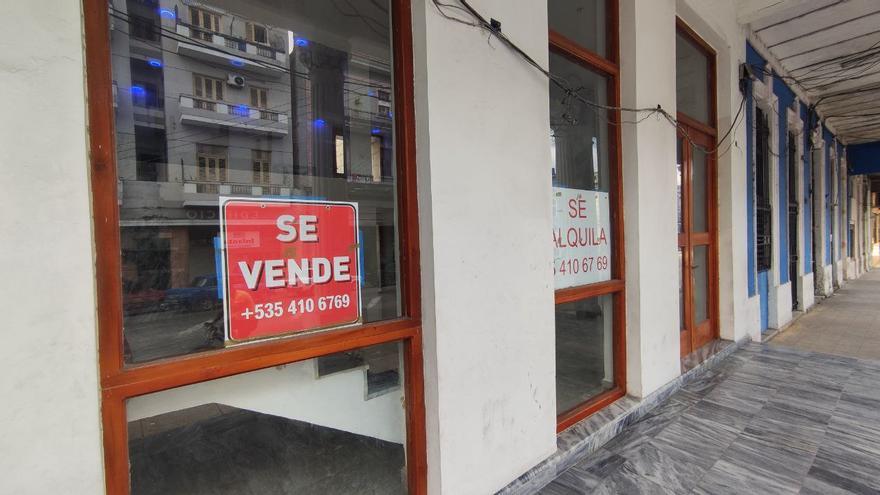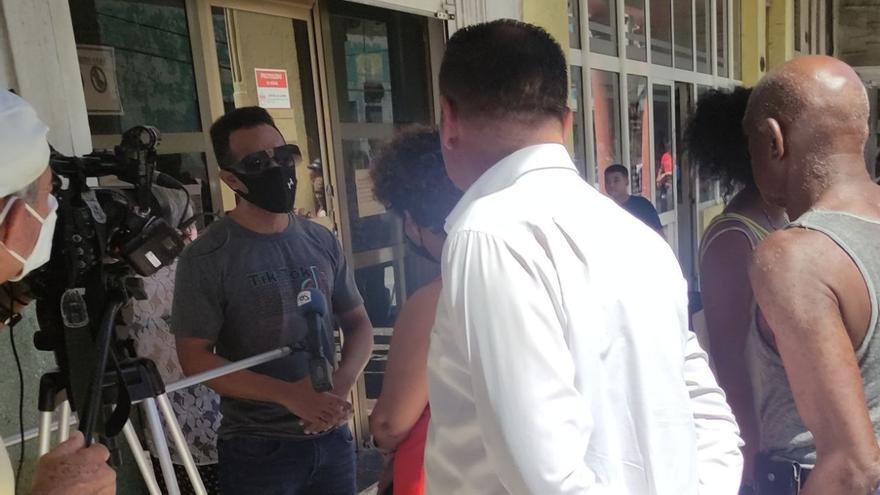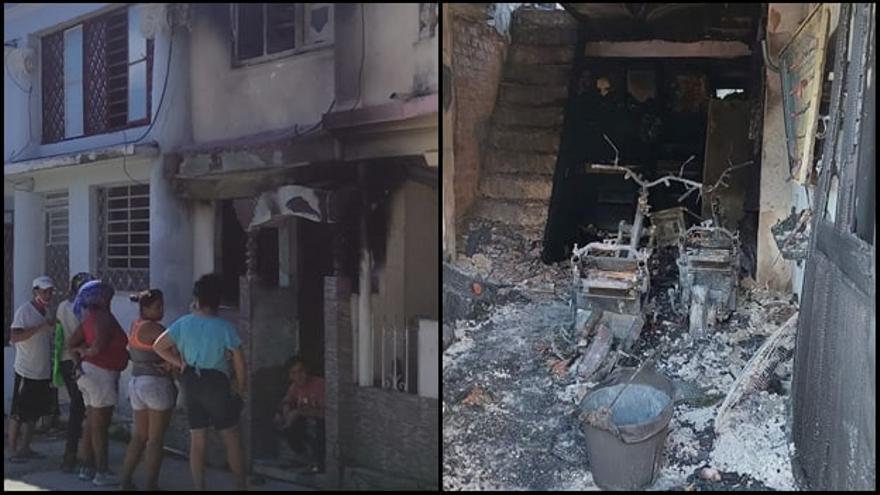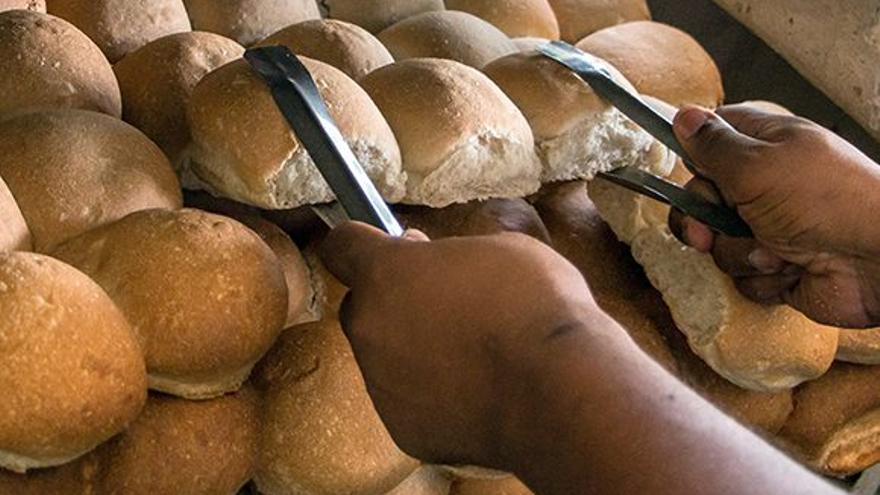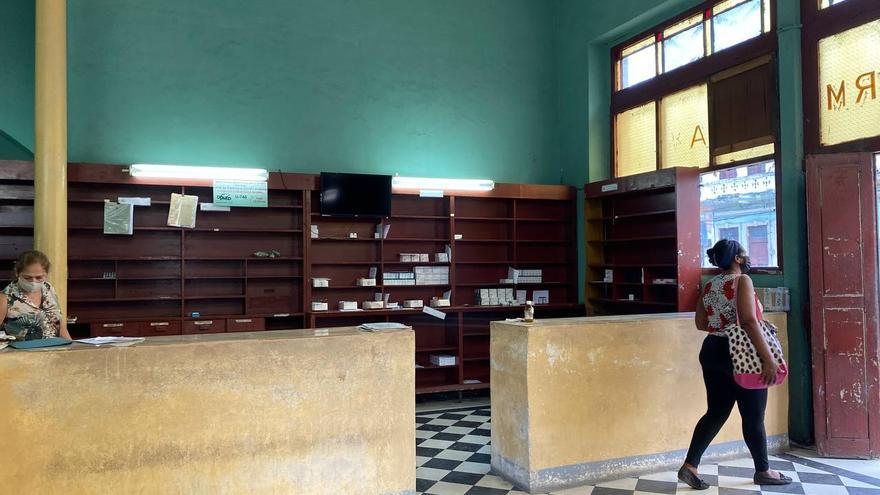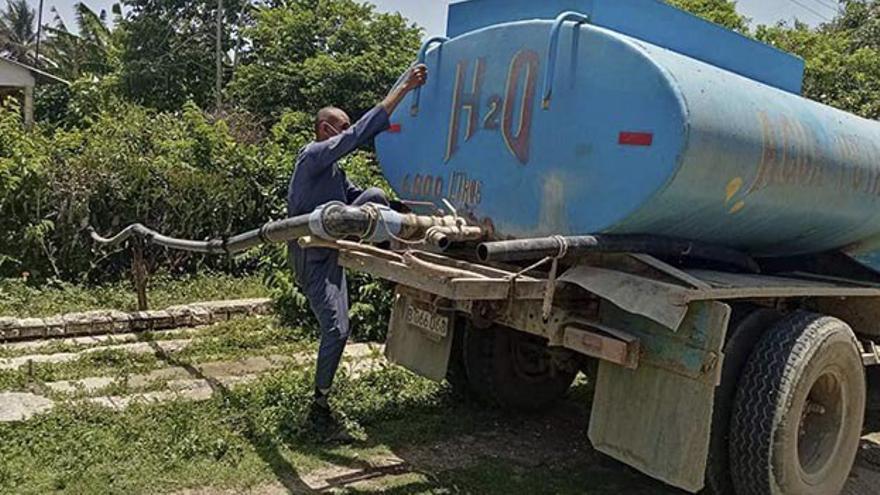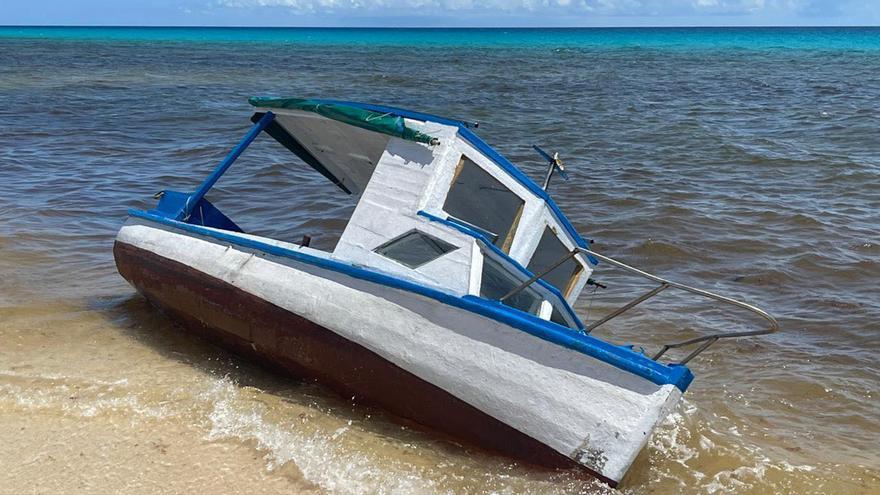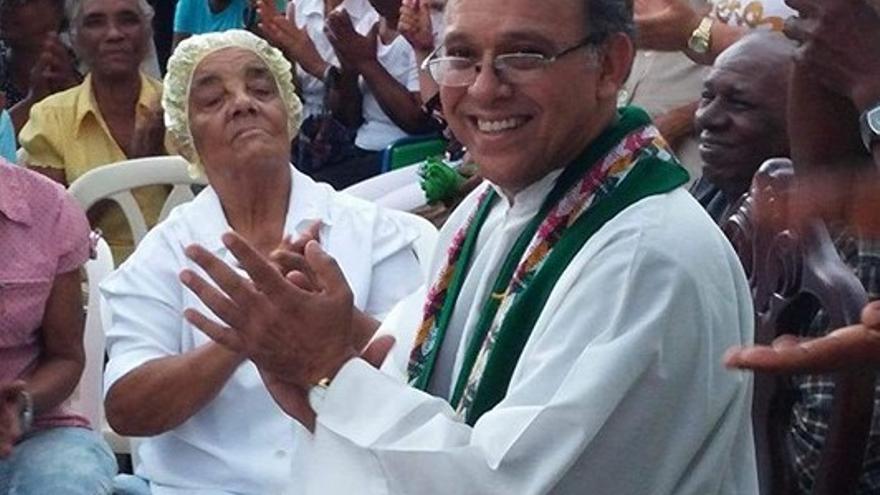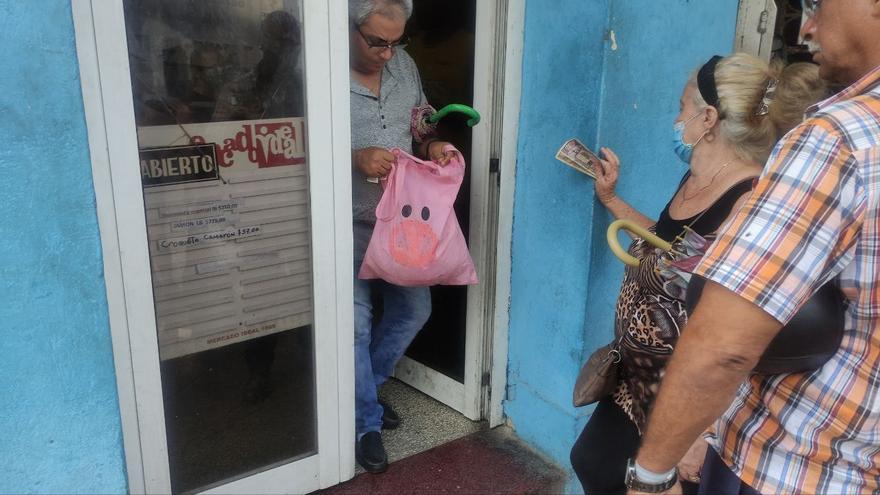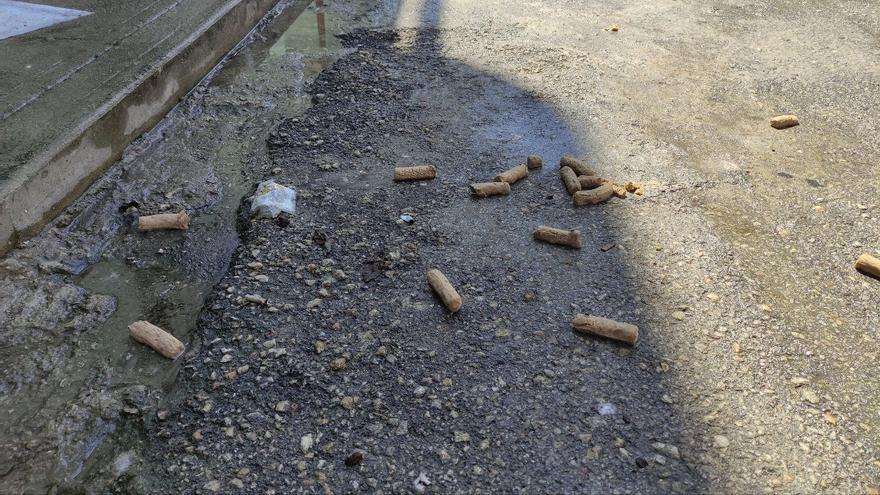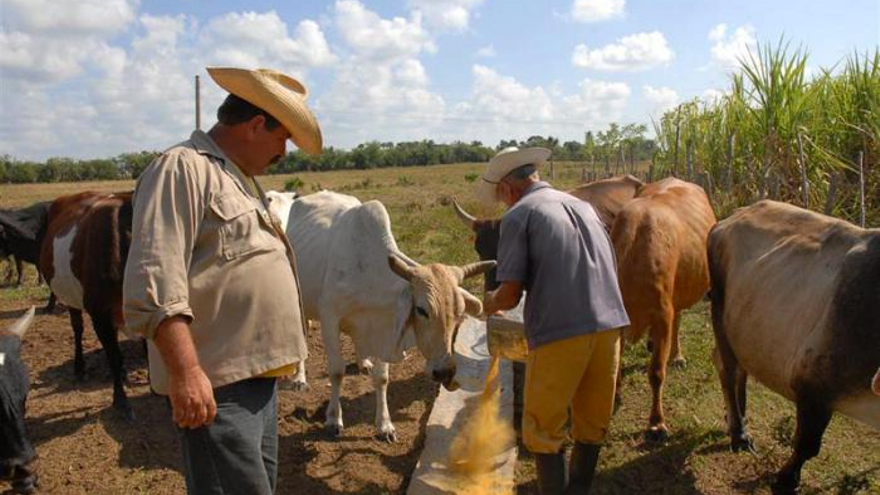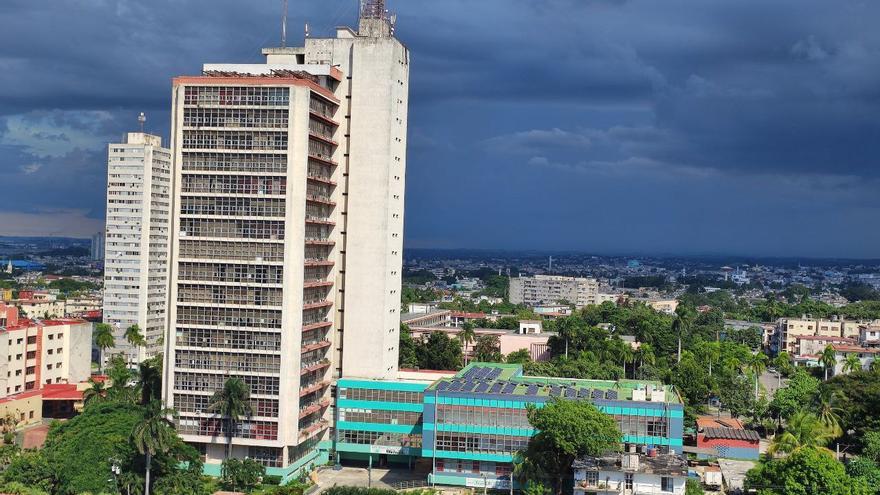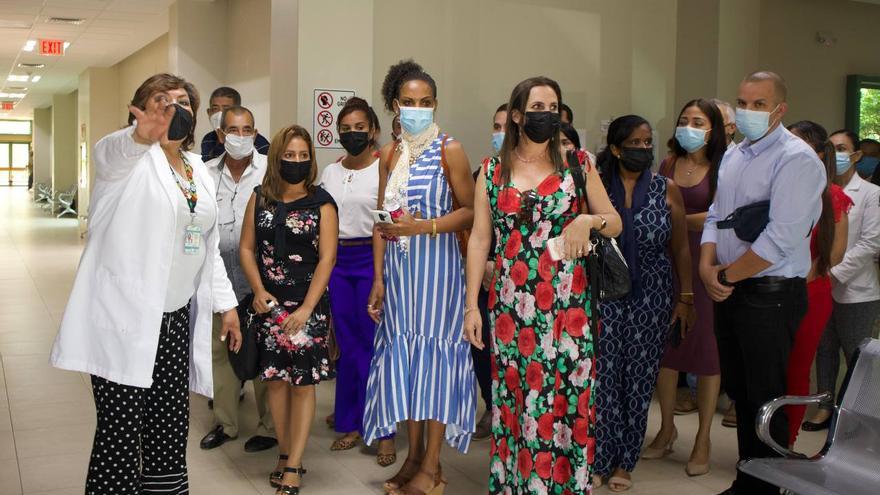
![]() 14ymedio, Havana, 16 September 2022 — Nurse Nelly Sánchez Espinosa, an employee of the Maternal and Child Hospital in the municipality of Cabaiguán, in the province of Sancti Spíritus, died this week after complications arising from her dengue fever infection.
14ymedio, Havana, 16 September 2022 — Nurse Nelly Sánchez Espinosa, an employee of the Maternal and Child Hospital in the municipality of Cabaiguán, in the province of Sancti Spíritus, died this week after complications arising from her dengue fever infection.
Her death was confirmed by co-workers on social networks, without the local directors of Public Health having offered an official version. Some comments on social networks allow us to reconstruct the circumstances in which Sánchez Espinosa died.
Social media user Javier Raúl López González offered his condolences for the nurse, whom he described as “indispensable” to the hospital, and confirmed that the cause of death had been dengue fever.
For his part, Manuel Rivero Abella, Provincial Director of Health, said in a note that Sánchez Espinosa had left “her mark” on the delivery room where she worked for three decades, but he didn’t mention the disease that led to her death. The nurse was also part of a Cuban medical brigade in Angola.
The patients who were treated by Sánchez Espinosa also expressed their condolences. “Very professional and affectionate, I have to thank her for helping me so much, at that difficult time that all mothers go through,” Mabileydi Rojas Montes de Oca wrote. continue reading
“Nelly wasn’t just any person in that nursing room of the Maternal and Child Hospital. We felt safe. We didn’t need a gynecologist; she was everything,” added user Odalis Suarez.
This is the second health professional to die of dengue this month. On September 9, physiotherapist Elba Rosa López Nápoles died in the province of Santiago de Cuba. López Nápoles presented complications that couldn’t be treated in time, due to the lack of ambulances in the area.
Her sister, Mercedes López Nápoles, reported at the time that despite having asked for help through the Integrated System of Medical Emergencies (SIUM), the staff of the hospital in the province replied that there was no availability of ambulances and also that she was not registered as a patient in “serious” condition.
Cuba is facing a severe outbreak of dengue, but the government hasn’t revealed exact figures of infections, beyond stating that the Island “is in the context of what is happening in the region,” according to statements by the Deputy Minister of Public Health, Carilda Peña García, released on the same day that the death of physiotherapist López Nápoles was confirmed.
The deputy minister did confirm that Cubans will face a difficult time in the coming months, “the most complex of the disease,” in her words, “because the cycle shows its highest peaks from the end of October and the beginning of November.”
Meanwhile, the BioCubaFarma business group continues its research for a dengue vaccine that can be distributed on the Island. The president of the pharmaceutical company, Eduardo Martínez Díaz, acknowledged that the research process lasts 10 years due to the complexity of the disease. “Today there really is no effective and safe antigen,” he said.
In fact, there is an approved vaccine against dengue with the trade name of Dengvaxia, manufactured by the French company Sanofi Pasteur, but it’s not available in Cuba. This serum is only recommended for people who have already had dengue fever and is used for all four variants of this disease.
Translated by Regina Anavy
____________
COLLABORATE WITH OUR WORK: The 14ymedio team is committed to practicing serious journalism that reflects Cuba’s reality in all its depth. Thank you for joining us on this long journey. We invite you to continue supporting us by becoming a member of 14ymedio now. Together we can continue transforming journalism in Cuba.

